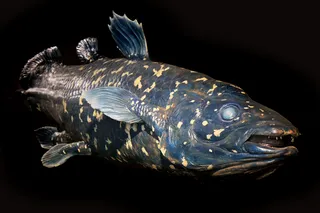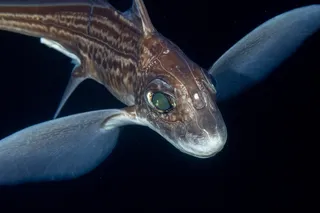Elvis Presley earned the moniker of “Elvis the Pelvis” for his tendency to gyrate his hips in erotic fashion. It turns out that whales and dolphins, known as cetaceans, also use their pelvic bones in the most sexual of ways. Forty million years ago, whales’ and dolphins’ ancestors walked the Earth and a pelvis was crucial for that task. Today, cetaceans, of course, are ocean dwellers, but their anatomy still includes pelvic bones. Marine biologists had thought that the pelvic bones were purposeless in the marine environment, and would eventually disappear given another million or so years of evolution. But now, a comparative look at different species' pelvic bones reveals that they may have an unsung benefit: helping maneuver cetaceans' penises.
The muscles that control the highly mobile penises of whales and dolphins attach directly to the pelvis, so researchers wanted to see if pelvic bone size and genitalia size ...













